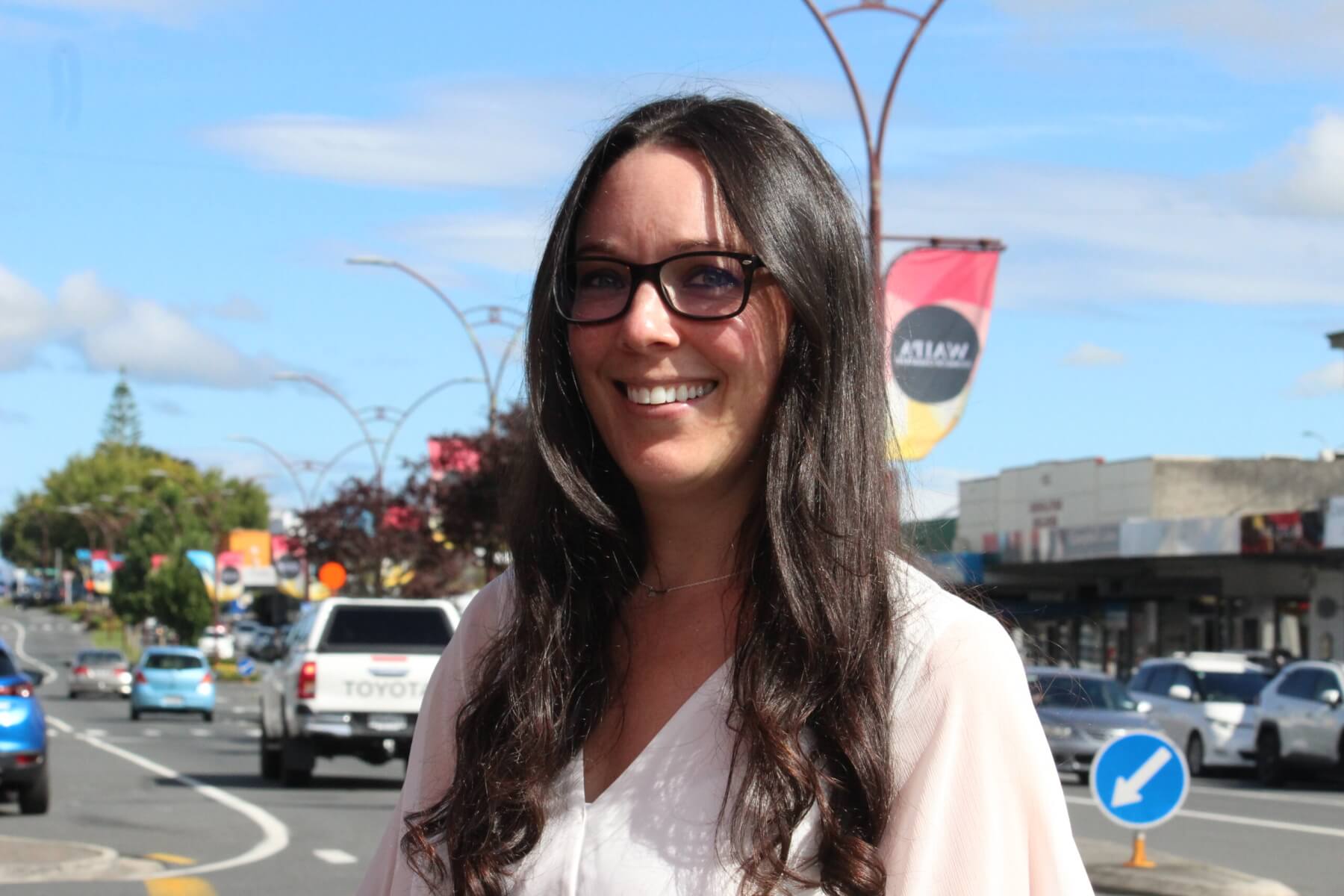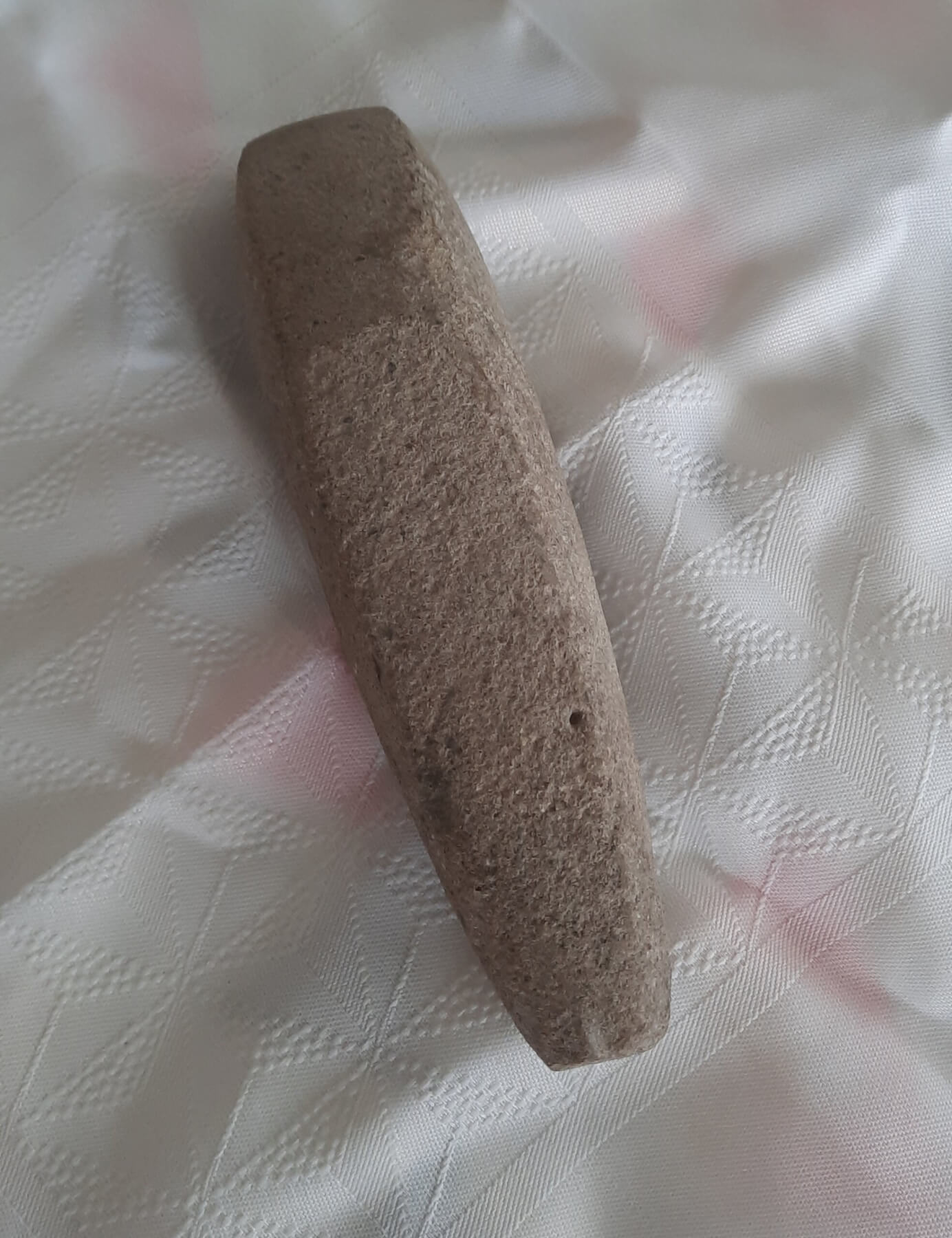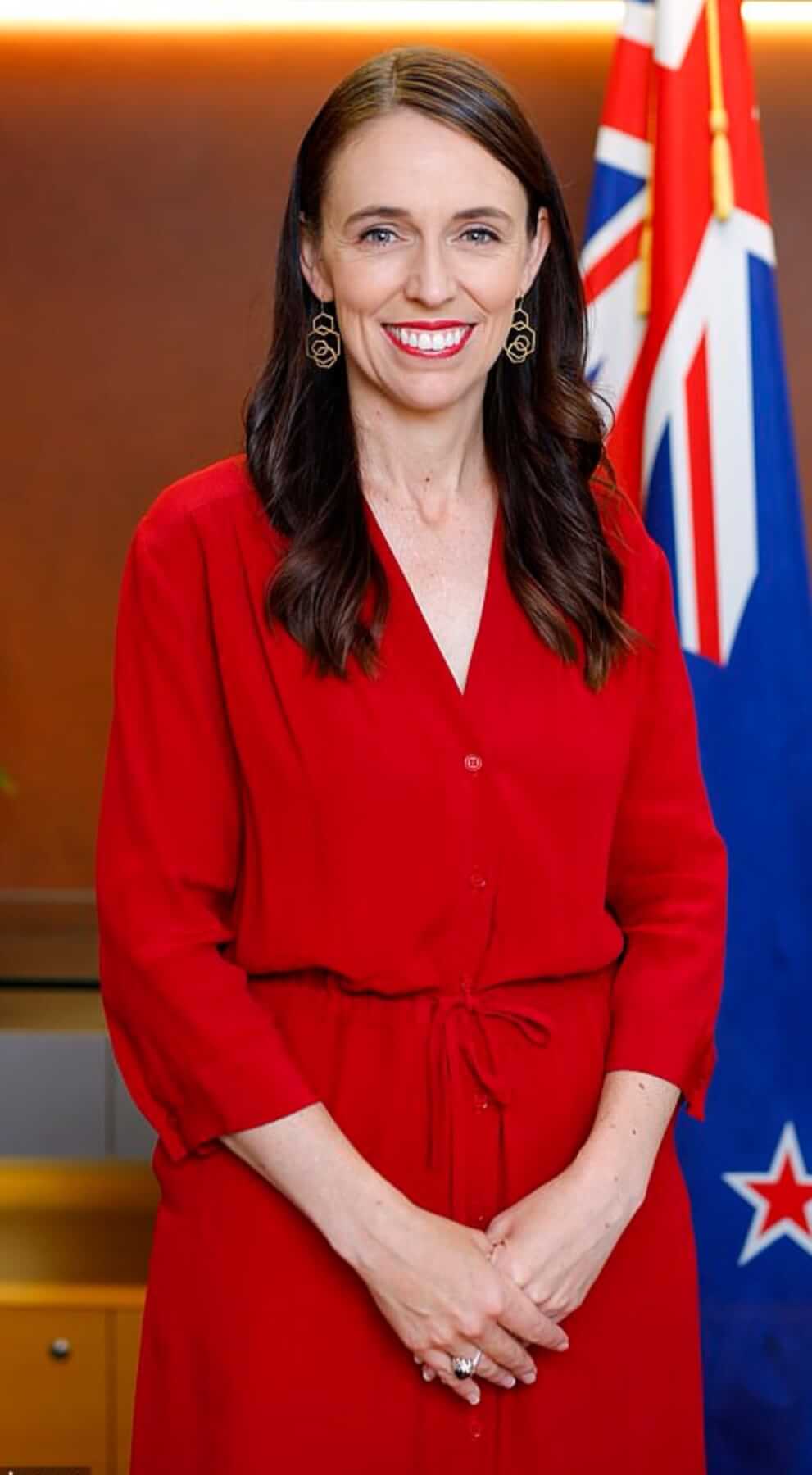
Janine Krippner is back home in Waipā where she is surrounded by volcanoes, and family. Photo: Mary Anne Gill.
When Janine Krippner saw the stone axe sitting on her parents’ bookshelf alongside some family photos at their Paterangi farm next to Lake Mangakaware, she immediately knew it didn’t belong there.
Eight years in the United States – where she witnessed first-hand the growth of the Black Lives Matter movement – had sharpened the Te Awamutu-born volcanologist’s view of her own country.
“I saw so many levels of toxic racism in that country and it deeply impacted me.”
Seeing the axe – measuring about 25cm – and having recently completed a course on Māori values and wellbeing, she knew the taonga had to be returned.
But how and when?
“I got to enjoy this land as a child – some of my happiest memories are there – but that doesn’t mean I get to keep the taonga.”
The opportunity came when her father’s cousin, Waipā District councillor Clare St Pierre, mentioned there was to be a handover of a cultural impact assessment report called ‘Mangakaware – The Forgotten Waters’ to the council on behalf of Te Rūnanganui o Ngāti Hikairo, Te Rūnanga o Ngāti Apakura and Pūrekireki Marae.
Her late grandfather John Krippner had found the artefact years earlier near the peat lake and on his farm, which is now owned by his son Peter and wife Gaynor.
“We were sitting around in the backyard and I said I would go and take the taonga with me.”
Once there last month, the 37-year-old spoke to Waipā iwi relationship advisor Shane Te Ruki and told him she wanted to return it in the most respectful way.
He asked to look at it and realising its significance – there used to be a pā site beside the lake – said he would call her forward during the ceremony.
“As the mokopuna of the people on the land, I found it very moving and so did they,” she said. “I completely underestimated the significance for them,” said Krippner.
Three sites of previous habitation have been discovered beside Mangakaware, including a swamp pā site with an area of about 3400 sq m².
“I got to enjoy this land as a child – some of my happiest memories are there – but that doesn’t mean I get to keep the taonga.”
Krippner is a physical volcanologist who uses remote sensing to study pyroclastic flows and is a popular science communicator. She was educated at St Patrick’s Catholic School and Te Awamutu College before graduating from Waikato University with her Bachelor and Master’s degrees in volcanology. She completed her PhD at Pittsburg State University in 2017 funded by NASA.
Wired magazine – seen as the world’s leading emerging technologies publication – named her one of the top scientists to follow on Twitter.
It was when she was 13 and her science teacher at Te Awamutu College wrote volcanologist on the blackboard that she realised she wanted to be one.
“It was like a truck hit me, it was such a powerful moment. That was such a life-changing moment and I remember it so clearly.
“It’s been a crazy, crazy journey ever since.”
Four years ago Krippner was working as a contractor at Smithsonian Institute in Washington DC in the Global Volcanism Program when she started thinking about returning home after 13 years away, three in Australia and the rest in the USA.
“Things were naturally coming to a close. It was about the time of the Christchurch (mosque) attack that I really started thinking I missed home and I was ready to leave the States.”
She was proud of New Zealand prime minister Jacinda Ardern who had gained a profile in the United States after the mosque attacks in 2019 when Donald Trump was still president.
“It was like I was watching one of the best examples and one of the worst examples of leaders in history alongside each other by watching New Zealand and the States.
“I don’t know if a lot of New Zealanders recognise how powerful her (Ardern) messaging was and how much of a beacon of powerful hope she was for places around the world.”
Krippner was the US media’s go to person in December 2019 when Whakaari/White Island erupted. She was able to tell them volcanoes shaped New Zealand in more ways than its topography. Volcanoes like Ruapehu, Tongariro and Whakaari are sacred to the Māori people, she told the Washington Post. They also left very fertile soil, a fact Krippner reinforces as she talks about the beautifully sweet vegetables from her family’s Paterangi farm.
She came home after the Whakaari eruption for Christmas before returning to the US where she got stranded by the pandemic until September 2020.
Back in Te Awamutu she admits she has changed a lot and sees the town differently now.
“I can’t believe I took for granted that on that horizon we have Maungatautari, (on) that horizon Pirongia and then we have the little cones over the lake – this is so unbelievably beautiful, how did I never see this before?
“We’re literally in a ring of volcanoes right here but they are extinct.”
Last year she donated a prize at St Patrick’s for a girl showing the most scientific creativity and problem solving. She is passionate about girls taking science and wants to do all she can to empower them.
“I’ve come back with a fire I tell you.”
Krippner is actively looking at various research projects while still based in Te Awamutu – three of them on understanding the eruptive nature of Mount Ngāuruhoe, which last erupted in 1977. Her American friends love that she works on the mountain which was Mount Doom in Lord of the Rings. It continues a fascination with Ngāuruhoe which she did her Master’s studies on at Waikato University.
She also has a National Geographic grant to go to La Palma in the Canary Islands where there was an eruption at the Cumbre Vieja volcanic ridge which lasted from September through to December in 2021.
“It is important for us to understand every aspect of volcanoes, using every tool that we can, to understand what they might do next,” says Krippner.










